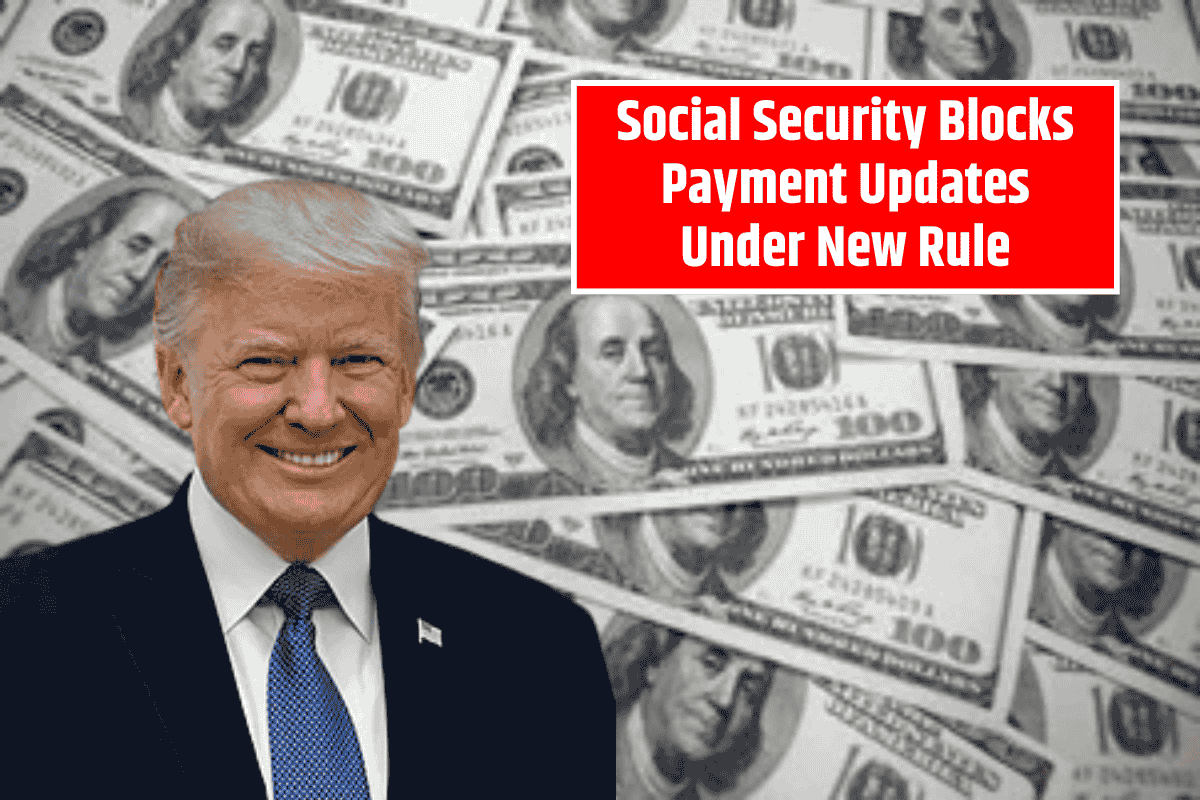The Social Security Administration (SSA) has introduced new rules around direct deposits, leaving some beneficiaries frustrated. A recent case shared on Reddit showed how one recipient was blocked from making a direct deposit change online and had to wait nearly two months for an in-person appointment.
Why direct deposit changes are being restricted
The SSA has been tightening its security measures to fight fraud, especially direct deposit fraud, which is often linked to phone-based changes of bank details. To reduce risks, the agency has restricted certain updates online and over the phone, pushing many people to visit their local SSA offices in person.
Why some changes are refused online
Several factors can prevent a direct deposit change from being accepted online:
Upcoming payments: If a deposit is already scheduled, SSA may not allow changes until after it has cleared.
SSI and SSDI accounts: People receiving SSI, or SSI combined with retirement or SSDI, cannot change direct deposits online.
Fraud blocks: If someone has a fraud flag on their record, they must update information in person.
Online-only banks: Accounts from banks like Chime or Green Dot are often blocked due to high fraud risks, meaning beneficiaries must use traditional banks for deposits.
SSA’s new security measures
The SSA has rolled back many phone-based services. Earlier, simple ID questions over the phone were enough, but now beneficiaries must either:
Verify their identity through the my Social Security portal.
Visit an SSA office in person.
Request their bank to send account details directly to SSA.
To improve security, the agency is introducing an optional authentication PIN system this month. Beneficiaries can generate a PIN through their my Social Security account, use it when calling the SSA, and securely change their direct deposit details over the phone.
Upcoming rule change: Paper checks ending September 2025
Starting September 30, 2025, millions of beneficiaries will no longer receive paper checks. According to an executive order, the U.S. Department of the Treasury will move all payments to direct deposit or other electronic methods.
Reasons for this change include:
Fraud reduction – paper checks are 16 times more likely to be lost or stolen.
Cost savings – the government expects to save nearly $750 million by eliminating paper checks.
Beneficiaries who do not sign up for direct deposit by the deadline may face delayed payments.
What’s next for Social Security recipients
SSA’s new security rules are part of a bigger effort to modernize the system. Six major changes are expected in 2026, but for now, beneficiaries should prepare for:
Stricter verification processes.
Mandatory electronic payments by late 2025.
Adjustments to account management, especially for direct deposits.
Meanwhile, Social Security recipients are also set to receive a rare double payment worth up to $5,108 in the coming days, offering some short-term relief.
The SSA’s crackdown on fraud has made it harder for beneficiaries to change direct deposit details quickly, but these steps are designed to protect payments from scams.
With paper checks being phased out in September 2025 and new security features like authentication PINs being introduced, recipients must stay updated and prepared. Though these rules may feel inconvenient, they aim to make the system safer, faster, and more reliable in the long run.
